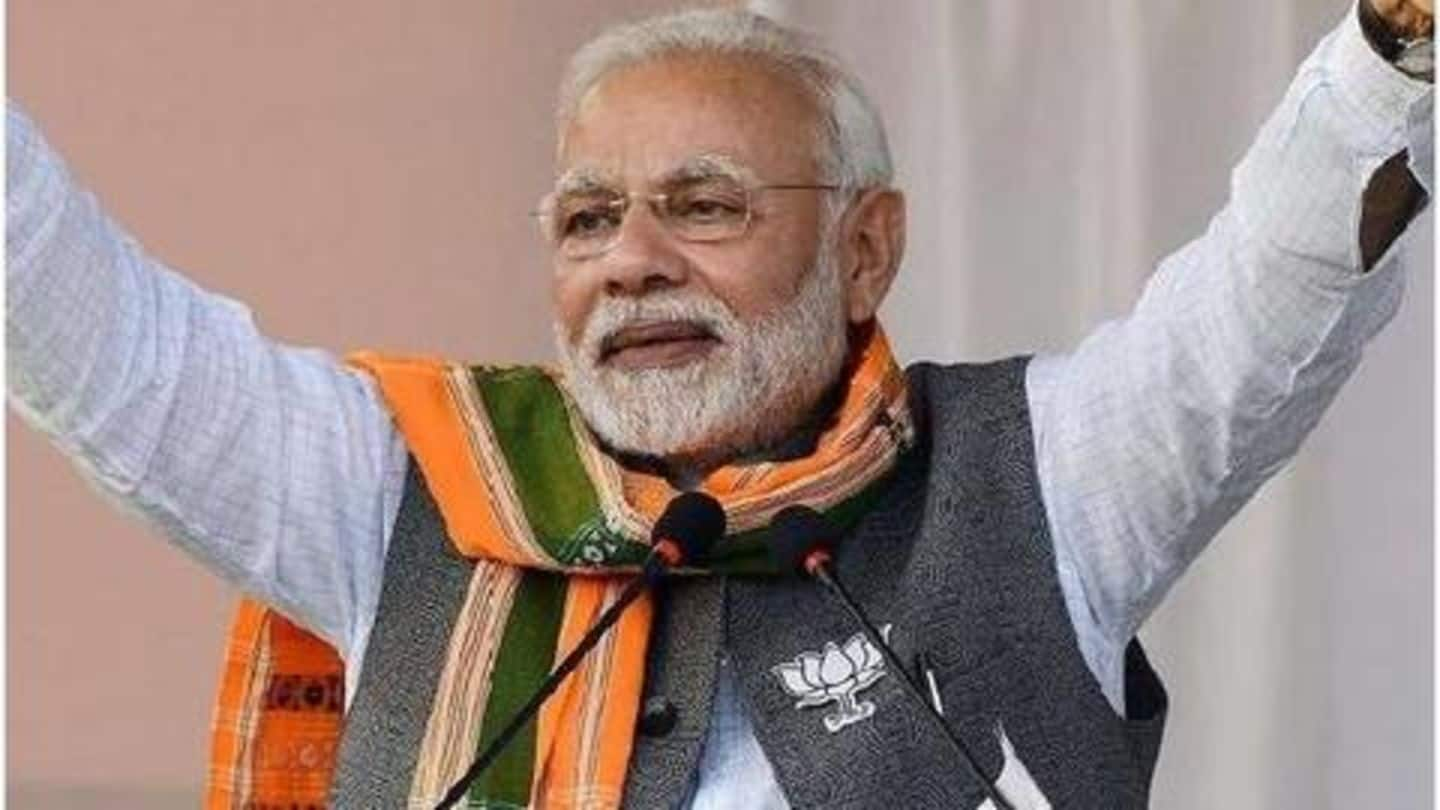
Only seven people, including Modi, knew about IAF's operation
What's the story
On February 26, 12 Mirage-2000 jets breached Pakistan's airspace in Balakot, dropped explosives on Jaish-e-Mohammed's biggest camp and returned unharmed.
The series of events sent a wave of joy across the nation, which was grieving after JeM orchestrated attack ended in the martyrdom of 40 CRPF soldiers.
Before India launched the risky operation, details of strikes were known to only seven people, reports HT.
Response
India wasn't ready to sit idle after Pulwama attack
It was clear India would respond to the Pulwama attack, the deadliest attack to hit the valley in decades.
Soon after the dastardly attack, R&AW got into the work of identifying the targets, the report added quoting sources.
IAF Chief Marshal Birender Singh Dhanoa suggested airstrikes as a response and on February 18 Prime Minister Narendra Modi reportedly approved it.
Night
Those who knew about attack didn't sleep on Feb 25
Before the final attack, only seven people including PM Modi knew the details. The others were: Army chief Bipin Rawat, Navy head Sunil Lanba, Marshall Dhanoa, NSA Ajit Doval, and heads of R&AW and Intelligence Bureau.
All the aforementioned people stayed up all night monitoring the situation. The probability of Pakistan launching retaliatory strikes through army or sea was also on their minds.
Return
After jets returned safely, others were briefed
The operation lasted for nearly two and a half hours from take-off to touchdown. After the jets returned unscratched, Defense Minister Nirmala Sitharaman was informed.
A few hours later, the top officials called CCS meeting to brief about the operation.
As one can imagine, the operation was far from easy as it involved entering Pakistan's airspace. Hence the attack was planned meticulously.
Weapons
Looking at the weapons which helped the jets
While Mirage 2000s and 2000is did most of the heavy lifting, they had a robust support system.
Sukhoi 30s MKI were deployed in case Mirages were intercepted. Phalcon AWACS and two Embraer AEWS mid-air refuellers were also used. IAF also used Heron drones for photographing the targets.
The Mirages took off from Gwalior while Sukhois took from other bases in the country around 1:30 AM.
Target
Here's why Balakot camp was targeted
The Balakot camp of JeM was one of the six targets R&AW presented to the team. After much thought, Balakot, JeM's oldest and biggest camp was chosen.
Striking Balakot would send a strong message to JeM and inflict serious damage, it was concluded.
The position of the camp ensured civilian casualties would be minimum and India won't invite pressure from the international community.
Details
IAF confused Pakistan by flying sorties
After the target was selected and preparations were completed, IAF began confusing PAF by flying late night sorties from various bases from February 22.
On February 25, intel suggested a large number of terrorists were gathered at Balakot camp prompting IAF to launch the operation immediately.
The report added as many as 325 recruits and trainers were present at the Balakot camp.
Damage
Jaish lost many terrorists and trainers in IAF's response
The camp was run by Yusuf Azhar, JeM head Masood Azhar's brother-in-law. The report added JeM lost Maulana Jawed, Maulana Abdul Ghafoor Kashmiri, Maulana Aslam, Maulana Ajmal and Maulana Zubair in the air strikes.
"At the time of the strike, intelligence reports showed that there were 325 recruits and trainers involved in three terror courses, Daura-e-Aaam, Daura-e-Khas, and Daura-e-Zarar," a source told HT.